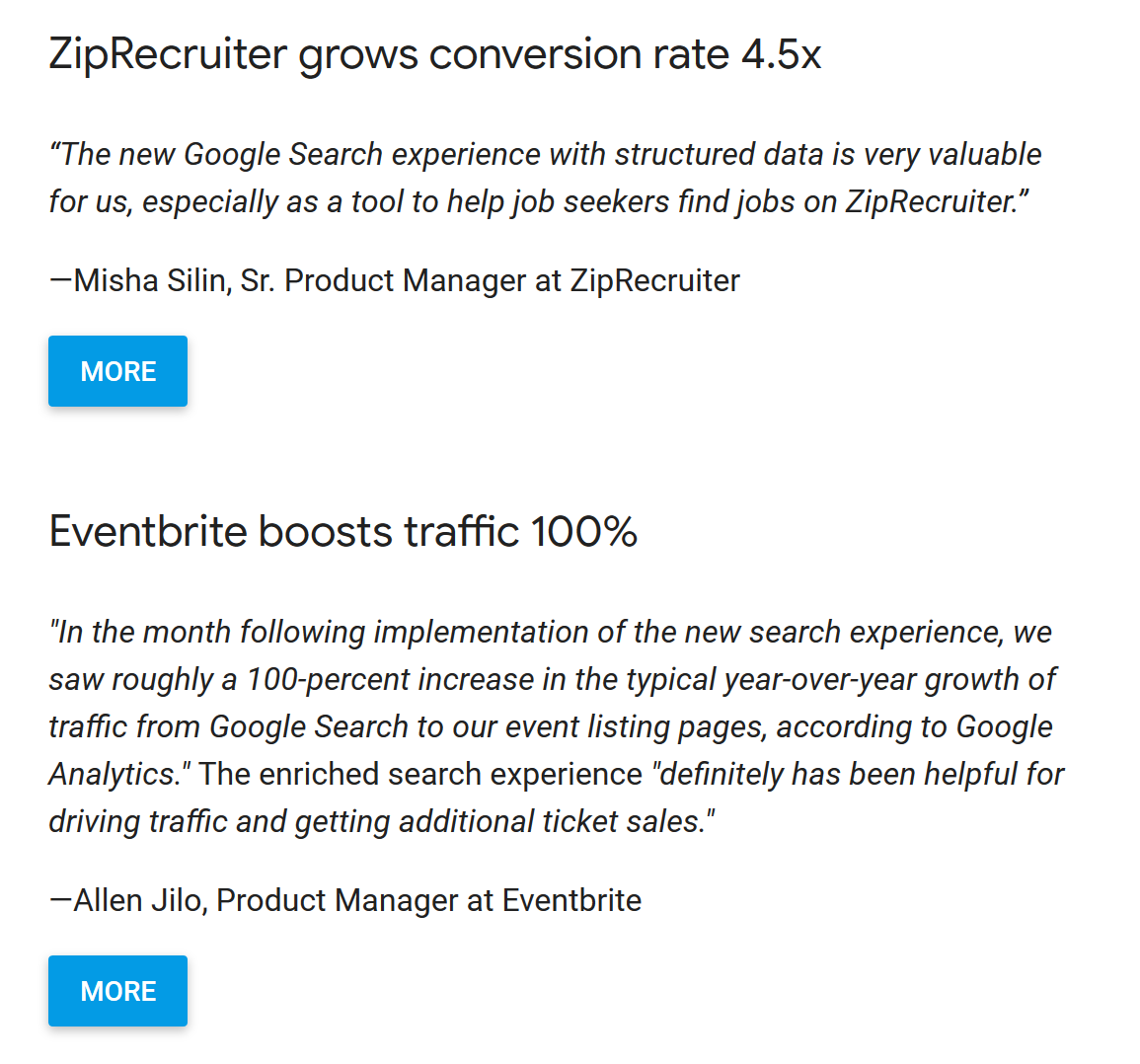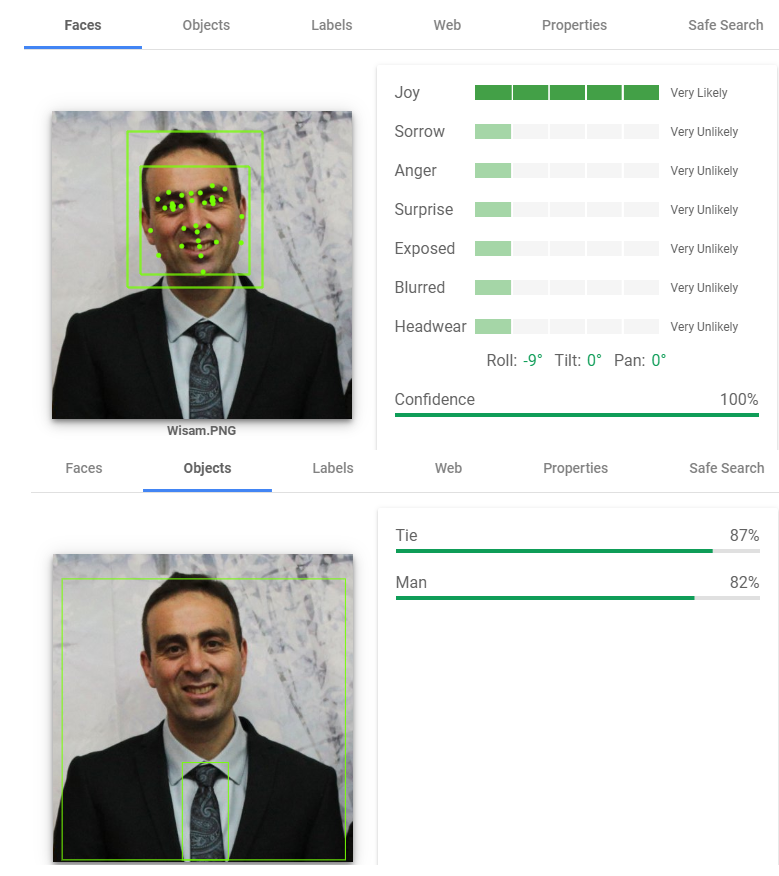
New public websites and significantly refreshed websites were required to be compliant with WCAG 2.0 Level A by January 1, 2014.
Furthermore, by January 1, 2021, all public websites and web content posted after January 1, 2012, must meet WCAG 2.0 Level AA (check this tool to find out if your website is compliant).
All large (50+ employees) private and non-profit organizations, and all public-sector organizations are required to make their websites accessible.
I am not sure what is this going to mean from a legal standpoint and what actions the government will take against non-complying websites, since 2014 1000s of websites were built and refreshed without fully complying with WCAG 2.0 A and I did not hear of any penalties or legal issues.
I have contacted the government several times in the last few months trying to learn more about the tools they will be using to audit websites, and what are the penalties, but I did not get any answers.
Options to comply with WCAG
1- Check with your web developer
Most web developers started to design websites with accessibility in mind, check with your web developer if they have the capability of making the whole website compliant with WCAG 2.0 AA, expect to pay additional cost for that.
If you are redesigning/refreshing your website ask your web developer to include WCAG compliance in the SOW.
2- Request an audit and pass it to your web developer for implementation
There are many audit providers including AODA
Audit providers do not offer implementation in most cases, the implementation must be done by the web developer, which means more cost, you will be paying the audit provider to conduct the audit + the web developer to implement the recommendations in the audit.
The other issue with audits is that they rarely cover the whole website, they will take a sample of pages (home page and other random pages) and use them in the audit.
3- Automated third-party accessibility services
There are many automated accessibility providers that can make websites compatible with WCAG 2.0 AA. There will be a monthly fee to use those services, and the cost will rely on the size of the website (number of pages, and the traffic in some cases), for a small website expect to pay $29+/month to use those services:
- https://accessibe.com/pricing
- https://www.equalweb.com/html5/?_id=10842&did=1116&G=10842
- https://userway.org/pricing/widget
- https://maxaccess.io/pricing
Please note that automated solutions may not offer a 100% compliance guarantee, but they will be still far better than leaving the website without any accessibility optimization (in case you do not have the resources to do it).
4- Automated accessibility software/plugins
There are many automated accessibility software that can make websites compatible with WCAG 2.0 AA (especially if you are using WordPress)
- https://allyjs.io/
- https://github.com/paypal/bootstrap-accessibility-plugin
- https://wordpress.org/plugins/wp-accessibility/
- https://wpaccessibility.io/
- https://adally.com/adally-free-accessibility-widget/
- https://www.enable-accessibility.com/
Cons and Pros of every method:
| 1- Web Dev A-Z | 2- Audit + Web Dev | 3- Service | 4- Software | |
| Cost | High | Very high | Low | Lowest |
| 100% WCAG 2.0 AA compliance | Guaranteed | Guaranteed | No guaranteed | No guarantee |
| Implementation | Slow and difficult | Very slow and difficult | Quick and easy | Quick and easy |
| Longevity | Must be updated when major changes in content or website happen | Must be updated when major changes in content or website happen | No future updates required | Software updates will be required (it could be automated sometimes) |
Tools to check accessibility compliance:
There are many tools that can help you to test your websites compliance with WCAG, I will include 3 of them which happen to have a Google Chrome extension (which normally makes things easier):
- https://achecker.ca/checker/index.php (recommended by the Government Of Canada website)
- https://wave.webaim.org/
- https://www.deque.com/axe/
- https://developers.google.com/web/tools/lighthouse
I also recommend using screen readers or screen reader simulators (this is what people with impaired vision use to browse the web):
- Apple Voice over (a very popular screen readers)
- https://silktide.com/resources/toolbar/ (a screen reader simulator)
- Chrome Vox (a web screen reader)
Using screen readers will help you to discover accessibility issues that can not be covered by accessibility tools.



